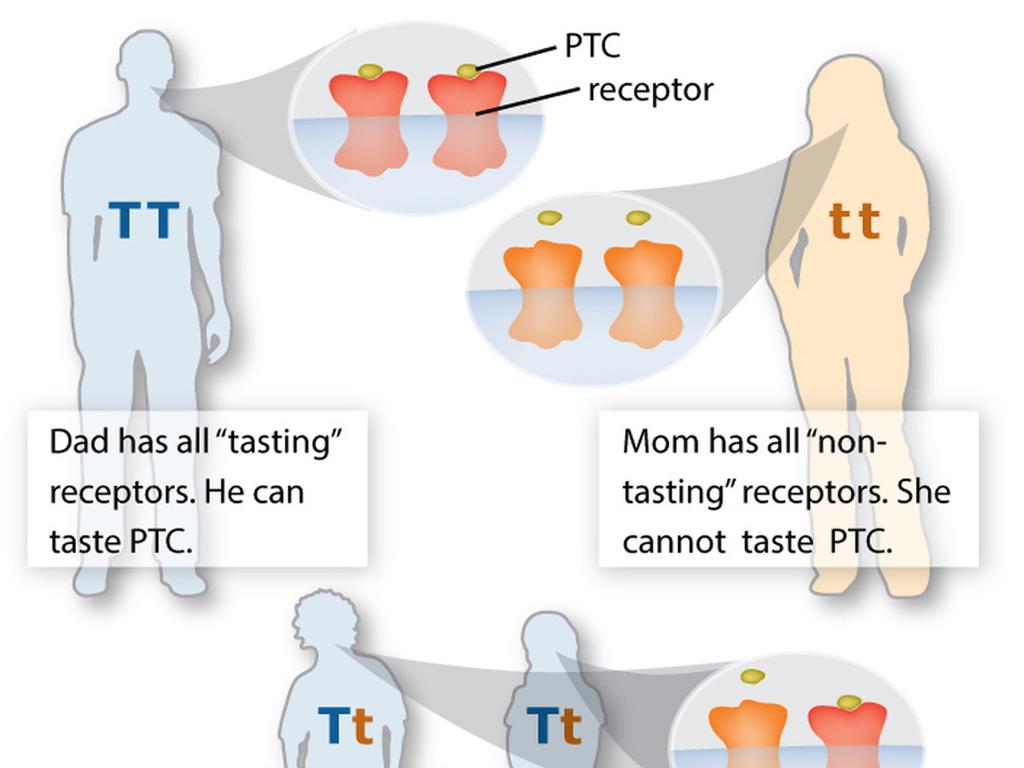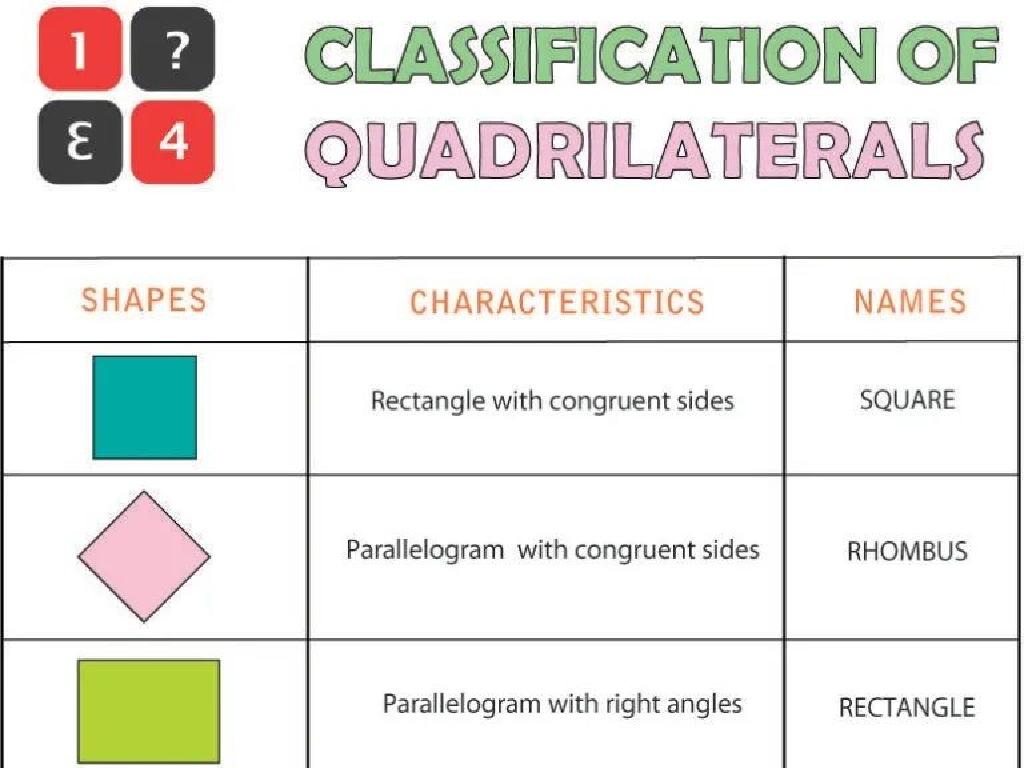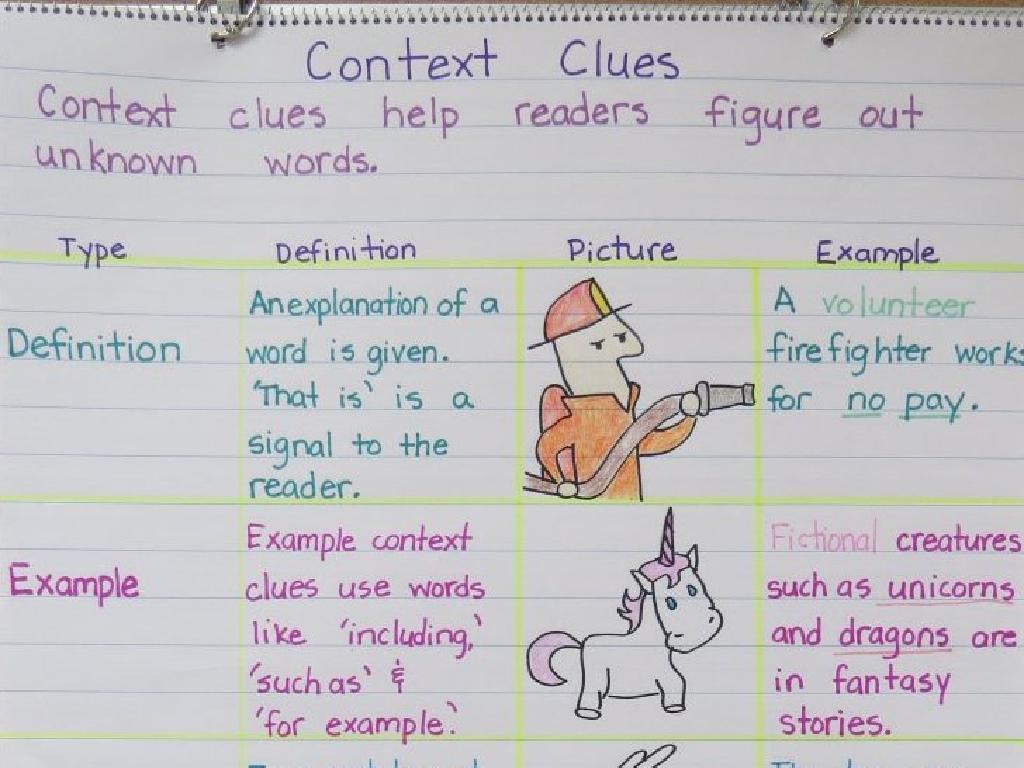Convert Between Standard And Scientific Notation
Subject: Math
Grade: Eighth grade
Topic: Scientific Notation
Please LOG IN to download the presentation. Access is available to registered users only.
View More Content
Welcome to Scientific Notation!
– Grasping the Power of 10
– Power of 10 simplifies numbers e.g., 10^3 = 1000
– Utility of Scientific Notation
– Simplifies large/small numbers for ease of use
– Scientific Notation in Real Life
– Used in astronomy, chemistry, and engineering
– Practice Conversion Techniques
– Convert large numbers into a manageable form
|
This slide introduces students to the concept of scientific notation, a method of expressing very large or very small numbers through the power of 10. Emphasize the importance of understanding exponents as the foundation of scientific notation. Discuss how scientific notation is a valuable tool in various scientific fields, making it easier to work with complex calculations. Provide examples such as distances in space (astronomy), particle sizes (chemistry), and engineering tolerances. Encourage students to practice converting between standard and scientific notation to gain fluency in this skill, which will be essential for their future math and science courses.
Understanding Scientific Notation
– Define scientific notation
– A method to write very large or small numbers using powers of 10
– Identify components: coefficient, exponent
– Coefficient: number between 1 and 10; Exponent: power of 10
– View examples in scientific notation
– E.g., 2 x 10^3 for 2000; 5.97 x 10^-11 for 0.0000000000597
– Practice converting numbers
|
Scientific notation is a concise way to express very large or very small numbers, commonly used in science and mathematics. It consists of two parts: a coefficient and an exponent. The coefficient is a decimal number between 1 and 10, and the exponent indicates how many times the coefficient should be multiplied by 10. Provide clear examples to illustrate the concept, such as converting the number 2000 into scientific notation (2 x 10^3) and a very small number like 0.0000000000597 into scientific notation (5.97 x 10^-11). Encourage students to practice converting numbers to and from scientific notation to gain familiarity with the process.
Standard Form vs. Scientific Notation
– Define Standard Form
– Standard Form is a way of writing numbers using digits.
– Compare with Scientific Notation
– Scientific Notation expresses numbers as a product of a number and a power of ten.
– When to use Standard or Scientific
– Use Standard for everyday numbers, Scientific for very large/small numbers.
– Practice conversion examples
|
This slide introduces students to the concept of Standard Form and Scientific Notation. Standard Form is the regular way of writing numbers, while Scientific Notation is a concise way to express very large or very small numbers, which is especially useful in science and engineering. The slide will compare the two forms and discuss appropriate contexts for each. For example, Standard Form is more common for numbers we encounter daily, like distances in miles or the price of groceries, whereas Scientific Notation is used for astronomical distances or microscopic lengths. Encourage students to practice converting between the two forms with examples such as converting the distance from the Earth to the Sun into Scientific Notation or the size of a virus into Standard Form.
Converting Standard Form to Scientific Notation
– Locate the decimal point
– Adjust decimal to get 1-10 range
– e.g., 5300 becomes 5.3 by moving the decimal 3 places left
– Count decimal place shifts
– The shift is the exponent’s value
– Express as a product of 10^
– For 5300, write as 5.3 x 10^3
|
This slide is aimed at teaching students the process of converting numbers from standard form to scientific notation. Start by identifying the decimal point’s position in the standard form. Then, move the decimal to the right or left to create a new number that falls between 1 and 10. Keep track of how many places the decimal is moved; this number will be used as the exponent of 10. Finally, write the initial number as a product of the new number and 10 raised to the power of the number of decimal places moved. For example, converting 5300 to scientific notation involves moving the decimal three places to the left to get 5.3, and then expressing it as 5.3 times 10 to the power of 3.
Converting Scientific to Standard Form
– Start with the coefficient
– The number before the ‘x10’ in scientific notation
– Move decimal for positive exponents
– Shift the decimal right for exponents > 0
– Move decimal for negative exponents
– Shift the decimal left for exponents < 0
– Fill in zeros as needed
– Add zeros to maintain the value
|
When converting from scientific to standard notation, begin with the coefficient, which is the base number in scientific notation. For positive exponents, move the decimal point to the right the same number of places as the value of the exponent. For negative exponents, move the decimal point to the left. If the decimal point is moved beyond the original digits, fill in with zeros to hold the place values. This process allows students to see the relationship between very large or very small numbers and their scientific notation counterparts. Practice problems can include converting numbers like 3.2 x 10^4 to standard form (32,000) or 4.7 x 10^-3 to standard form (0.0047).
Practice: Converting Notations
– Convert 3,500 to scientific
– 3,500 becomes 3.5 x 10^3
– 4.87 x 10^3 to standard form
– Equals 4,870 in standard form
– 1.2 x 10^-4 to standard form
– Equals 0.00012 in standard form
– 0.00089 to scientific notation
– Becomes 8.9 x 10^-4 in scientific
|
This slide provides practice examples for students to apply their knowledge of converting between standard and scientific notation. Example 1 demonstrates converting a large whole number into scientific notation by identifying the significant figures and the power of 10 needed. Example 2 and 3 show how to revert from scientific notation to standard form, which is a common task in data interpretation. Example 4 illustrates the process for a small decimal, emphasizing the negative exponent in scientific notation. Encourage students to work through these examples and discuss the steps taken. Provide additional similar examples for students to practice independently, ensuring they understand the conversion process in both directions.
Class Activity: Notation Conversion
– Pair up with a classmate
– Exchange your conversion problems
– Solve each other’s problems
– Review answers as a class
|
This activity is designed to promote collaborative learning and peer teaching. Students should be paired up to exchange math problems involving the conversion between standard and scientific notation. Each student will solve the problems provided by their partner, encouraging them to apply their knowledge and problem-solving skills. After completing the problems, the class will come together to review the answers, allowing students to discuss different approaches and clarify any misunderstandings. As a teacher, prepare a diverse set of problems with varying difficulty levels to cater to all students. Possible activities could include creating problems that require converting very large or very small numbers, comparing the magnitude of numbers in different notations, and applying scientific notation in real-world contexts.
Conclusion & Homework: Scientific Notation Mastery
– Recap: Scientific Notation Uses
– Summarize how scientific notation simplifies working with very large or small numbers.
– Mastering Notation Conversion
– Understanding conversion is crucial for scientific accuracy and ease of calculation.
– Homework: 10 Real-Life Conversions
– Convert 10 real-world numbers to and from scientific notation to reinforce today’s lesson.
|
As we conclude today’s lesson, remember that scientific notation is a valuable tool for dealing with extremely large or small numbers in a more manageable form. Mastery of converting between standard and scientific notation is essential for precision in science and mathematics. For homework, students will apply what they’ve learned by converting 10 real-life numbers to and from scientific notation. This will help solidify their understanding and demonstrate the practical application of scientific notation in everyday scenarios. Encourage students to find numbers from a variety of sources such as distances between celestial bodies, sizes of microscopic organisms, or data storage capacities.





